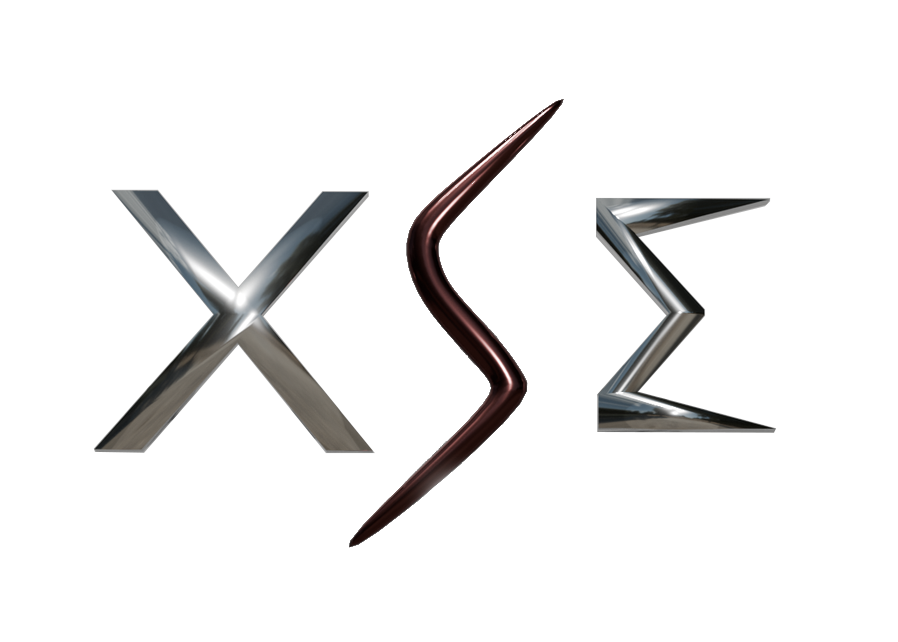IKK, short for IκB Kinase, is a protein kinase complex that plays a central role in activating the NF-κB pathway — a critical signaling system involved in inflammation, immunity, cell survival, and stress responses.
🧬 What Does IKK Do?
IKK is responsible for phosphorylating IκB (Inhibitor of NF-κB), which triggers the destruction of IκB. Once IκB is degraded, NF-κB is released and allowed to move into the nucleus where it activates inflammatory and immune-related genes.
🧩 IKK Complex Structure:
The IKK complex typically consists of three subunits:
| Subunit | Function |
|---|---|
| IKKα | Catalytic – helps phosphorylate IκB |
| IKKβ | Catalytic – mainly responsible for classical NF-κB activation |
| IKKγ (NEMO) | Regulatory – helps assemble the complex and respond to signals |
NEMO stands for NF-κB Essential Modulator.
🔄 Step-by-Step Role in NF-κB Activation:
- A trigger signal (like TNF-α, IL-1, or bacterial products) activates the IKK complex.
- IKK phosphorylates IκB (usually IκBα) at specific serine residues.
- Phosphorylated IκB is tagged for degradation via the ubiquitin-proteasome system.
- NF-κB is freed and translocates to the nucleus.
- NF-κB activates genes involved in inflammation, immunity, and cell protection.
🧠 Why Is IKK Important?
- Essential for immune response: Enables the body to respond to infections, stress, or injury.
- Target in chronic inflammation: Overactive IKK → constant NF-κB activation → chronic inflammation, cancer, autoimmune disease.
- Therapeutic target: Some experimental drugs aim to inhibit IKK to reduce inflammation or sensitize cancer cells.
📌 Summary:
IKK is the master switch that activates the NF-κB pathway by destroying its inhibitor (IκB). It’s a central hub in the body’s defense system — but when misregulated, it contributes to many chronic diseases.
